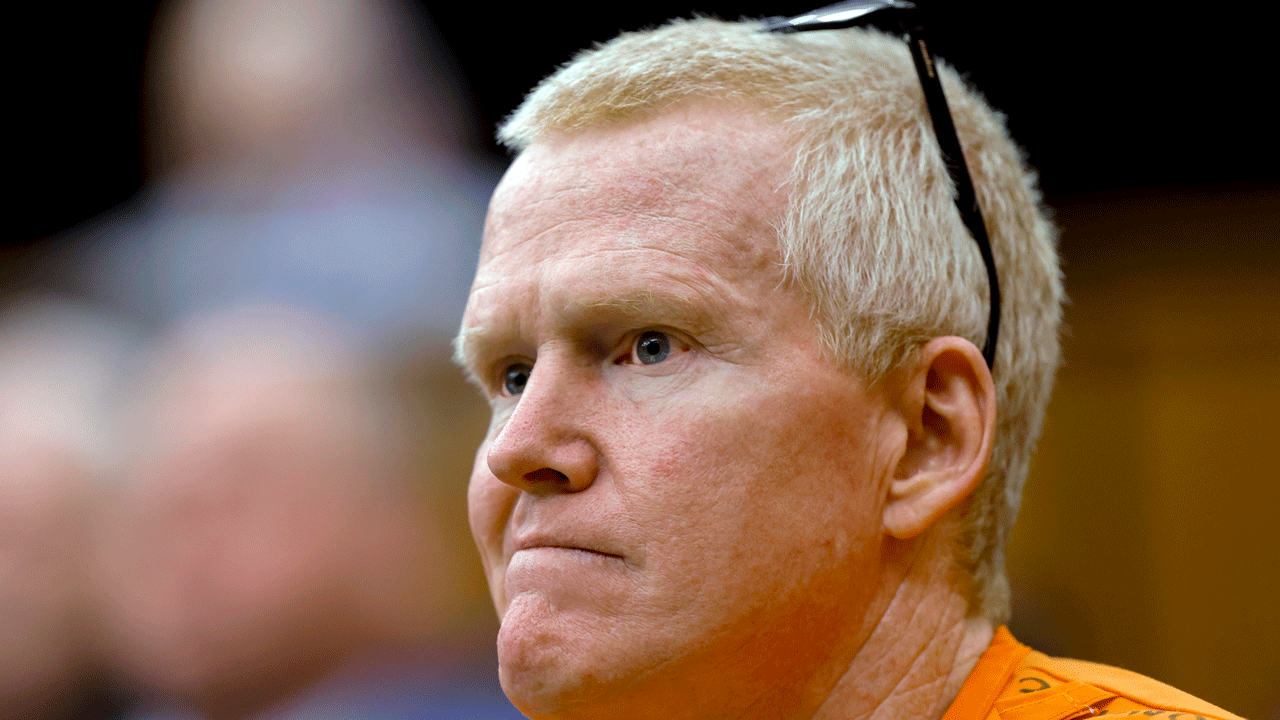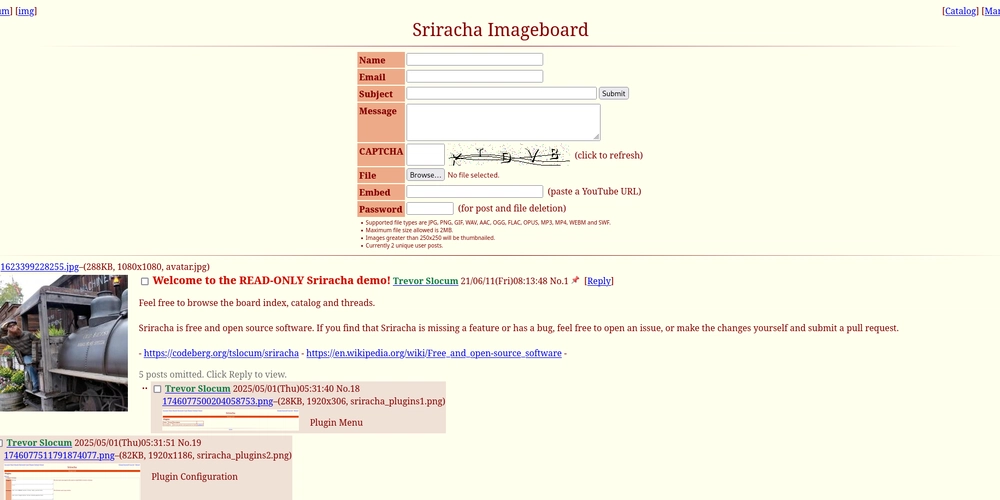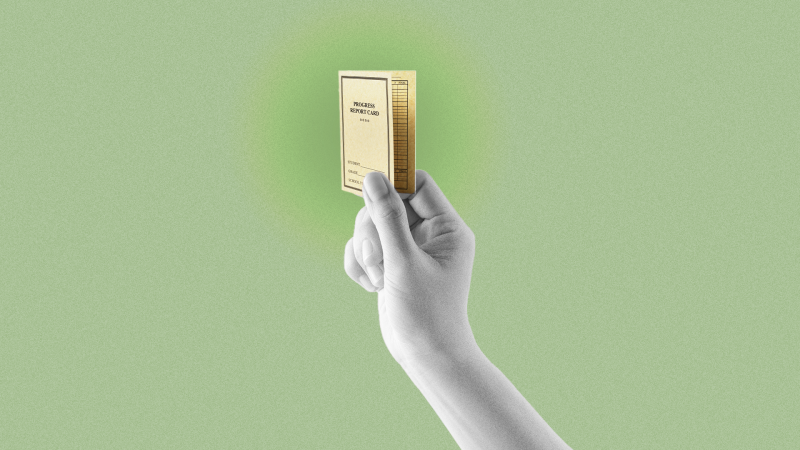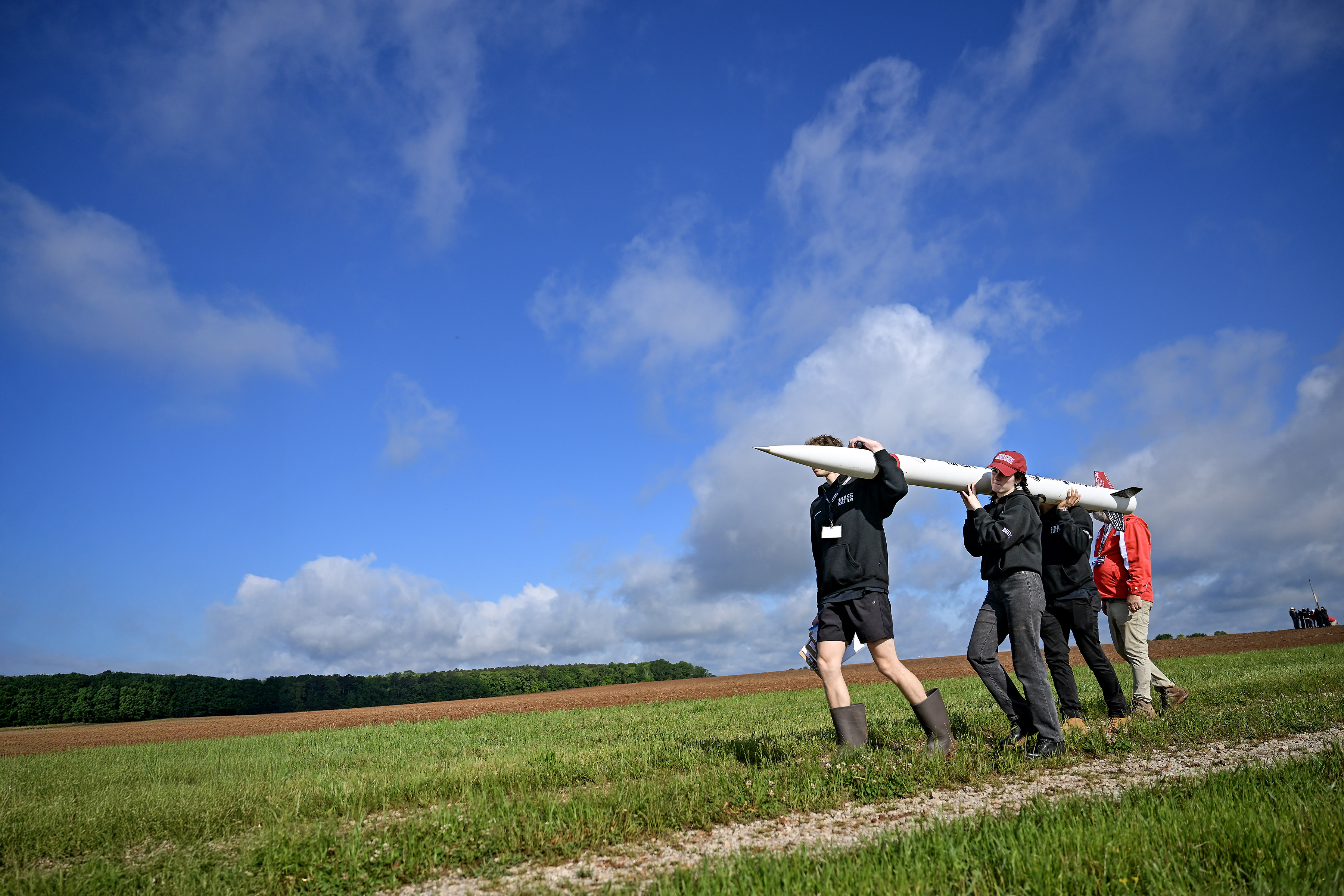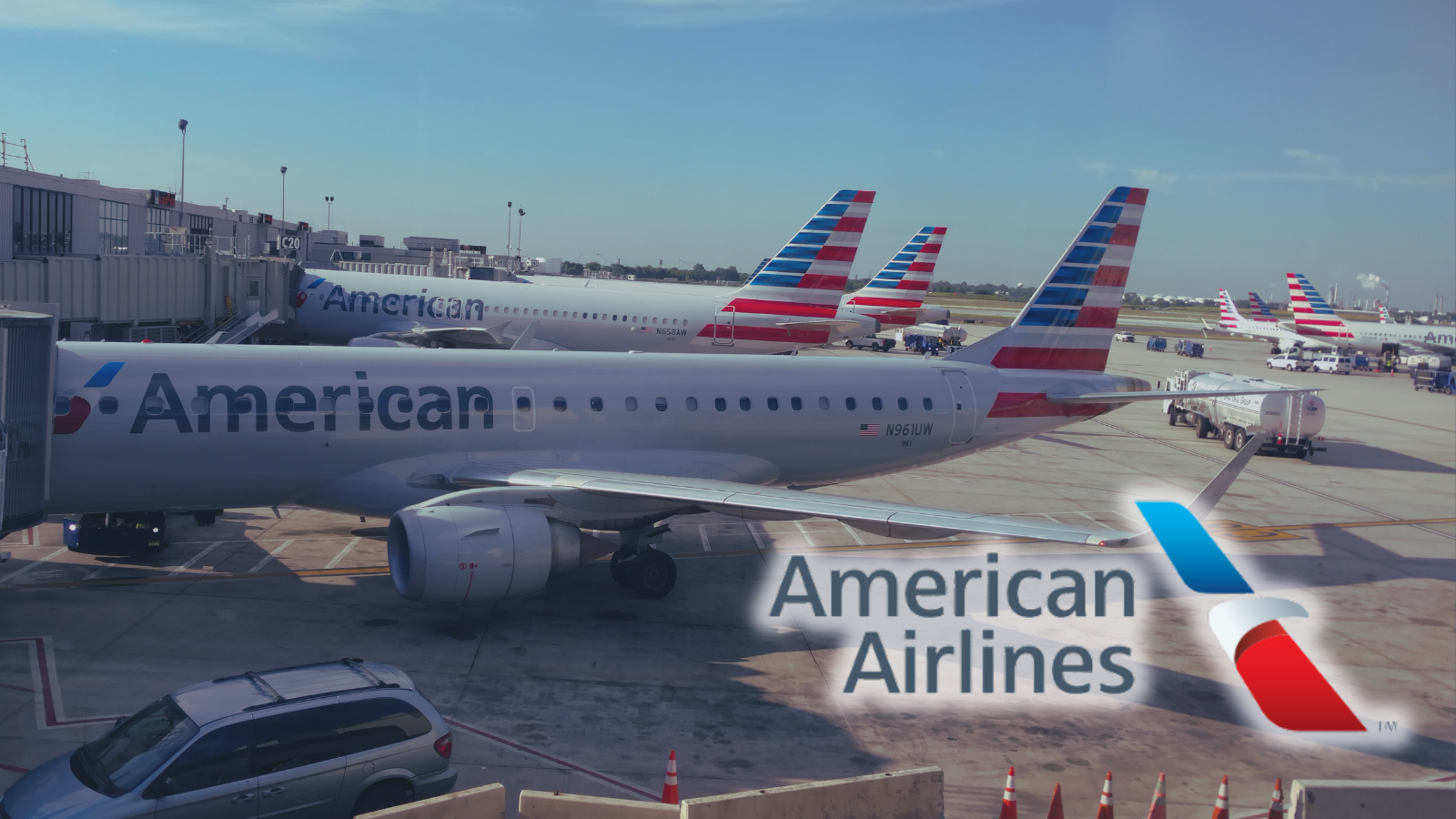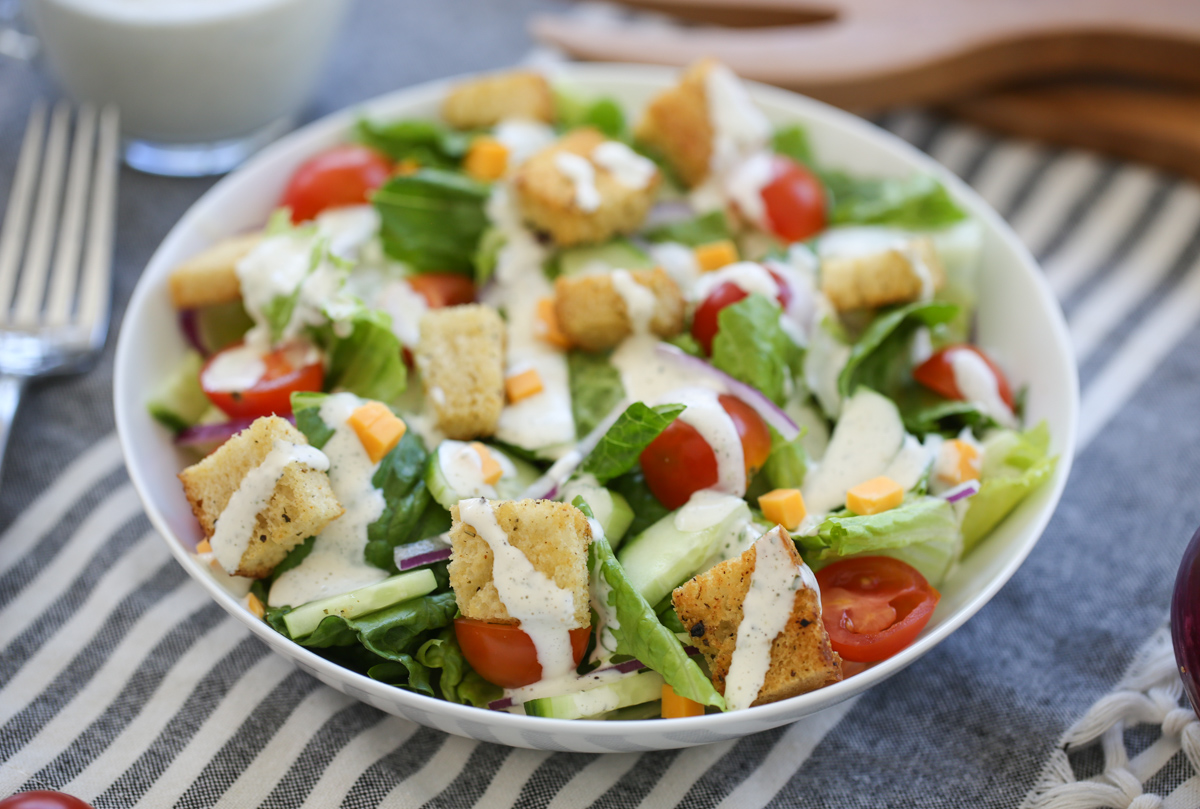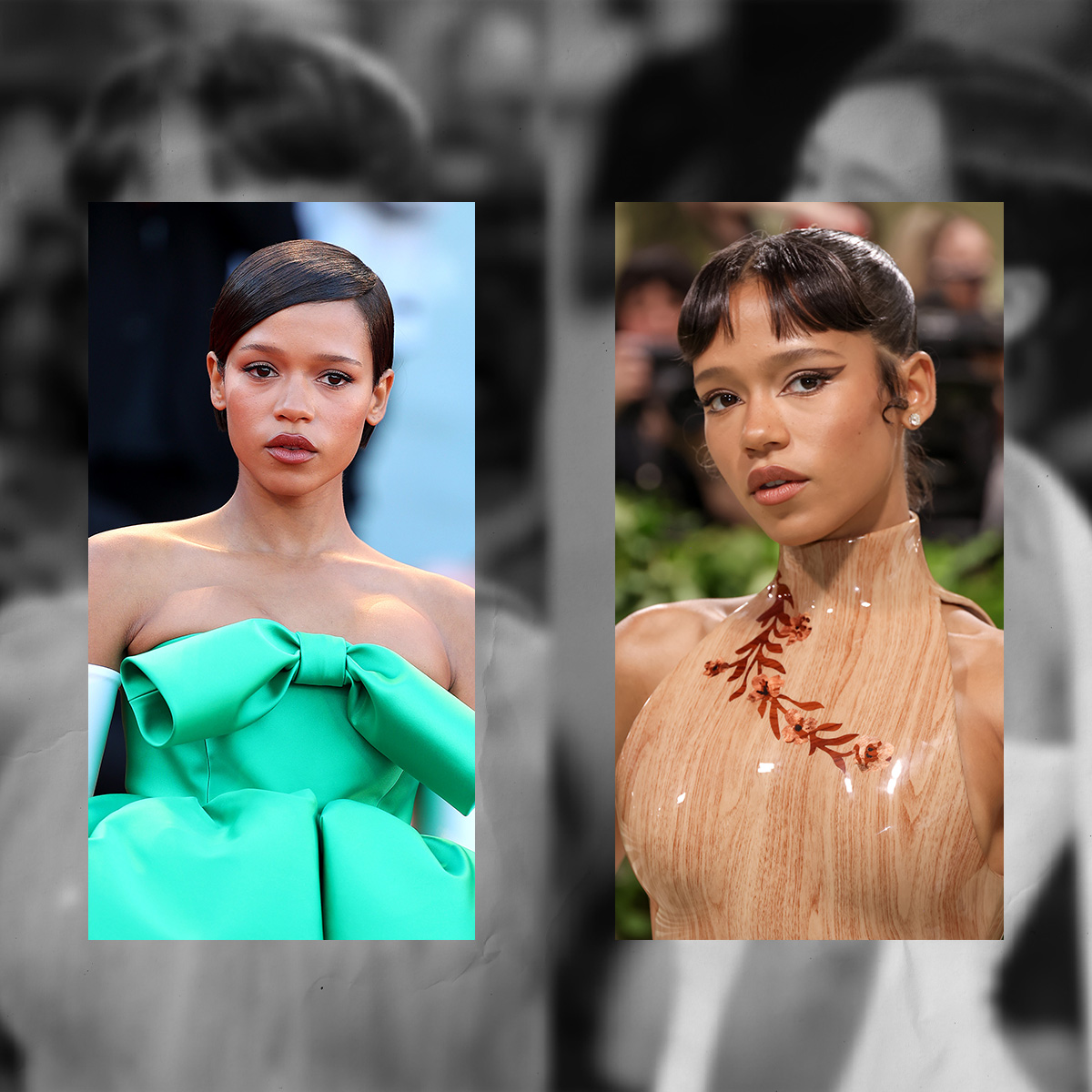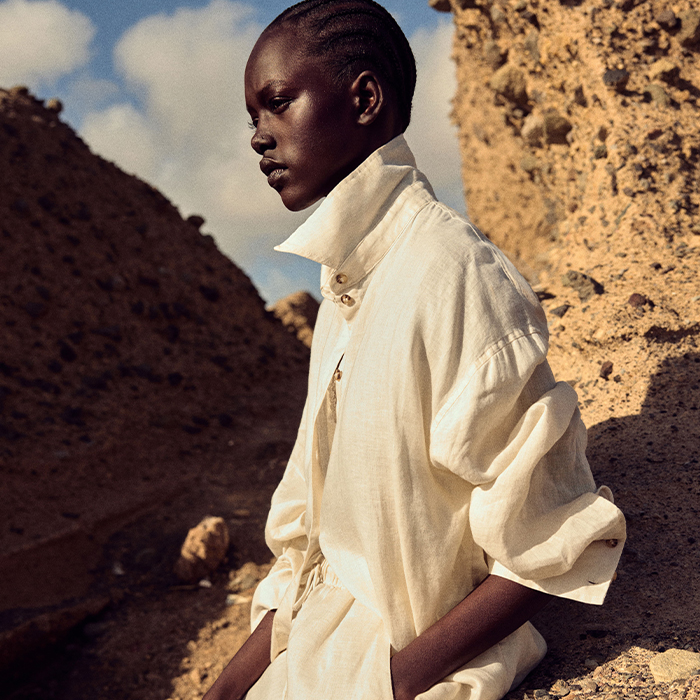The Runway Walk: Techniques for High-Fashion and Commercial Modeling
The art of runway walking represents far more than simply moving from point A to point B—it’s a carefully honed skill that conveys brand aesthetic, garment movement, and professional polish. While television and social media often portray modeling as effortless, the reality involves precise technique, body awareness, and adaptability to different show requirements. The walk serves as a model’s primary tool for bringing clothing to life, requiring equal parts discipline and artistry to execute effectively. Foundational Posture and Body Mechanics Proper runway technique begins with posture that appears relaxed yet controlled. The ideal stance starts with shoulders pulled back and down, creating an open chest without appearing stiff. The spine maintains natural alignment from the tailbone through the neck, allowing for fluid movement rather than robotic rigidity. Chin position varies slightly between runway types—commercial walks often use a level chin suggesting approachability, while high-fashion frequently employs a slightly lifted chin that creates dramatic angles. Hip movement originates from proper weight transfer rather than forced swaying. As the back foot pushes off, the hips naturally rotate slightly forward, creating the illusion of length in the legs. Overemphasizing this movement appears amateurish, while eliminating it entirely creates an unnatural stiffness. The sweet spot involves allowing natural anatomy to dictate motion while maintaining control through core engagement. Foot placement follows an imaginary straight line, with each step crossing slightly in front of the other. This “catwalk” technique enhances the illusion of elongated legs and creates cleaner garment presentation. Stride length remains moderate—too short appears nervous, too long loses elegance. The heel strikes first, followed by a smooth roll through the foot that maintains continuous momentum rather than bouncy steps. High-Fashion Versus Commercial Walk Techniques High-fashion runway walks emphasize artistic expression and avant-garde presentation. The pace tends slower, allowing audiences to absorb intricate garment details. Movements often incorporate angular arm placements, dramatic pauses, or unconventional turns that showcase directional fashion concepts. The overall energy remains contained yet intense, with facial expressions typically neutral or serious to avoid distracting from clothing narratives. Commercial runway walks prioritize approachability and wearability. The pace moves quicker to demonstrate garment movement in practical situations. Arm swings appear more natural, often with slight bends at the elbow as during normal walking. Smiles and eye contact with audience members create connection, reinforcing that these are clothes meant for real people. Footwear differences also influence technique—high-fashion’s extreme heels require more deliberate steps, while commercial shows often feature walkable heels or flats. Transitioning between these styles requires models to develop physical awareness and adaptability. Many professionals maintain two distinct walk repertoires, adjusting their technique based on show casting. The ability to modify one’s walk demonstrates professionalism that designers and casting directors notice. Some shows even request hybrid walks that blend elements of both styles for specific collections. Developing Confidence and Stage Presence Runway confidence stems from preparation rather than innate talent. Hours of practice in various heel heights build the muscle memory that prevents hesitation during shows. Familiarity with common runway formations—straight walks, crisscross patterns, or circular paths—reduces backstage anxiety. Many models practice walking while visualizing full audiences to acclimate to performance pressure. Breath control plays an underrated role in projecting assurance. Shallow breathing from nerves creates visible tension in shoulders and jawline. Conscious diaphragmatic breathing maintains oxygen flow that supports poised movement and clear thinking. Some models develop subtle cues—a deep inhale before first step or exhale during turns—that anchor their composure. Eye focus varies by show type but always serves intentional purposes. High-fashion walks often use “thousand-yard stare” techniques that look through the audience rather than at individuals, creating an otherworldly effect. Commercial models frequently employ strategic glancing—brief eye contact with front-row attendees or camera positions without appearing to search the room. Both approaches avoid looking down, which breaks the illusion of effortless movement. Mastering Runway Turns and Poses The walk’s conclusion requires as much technique as the approach. Pivot turns begin with proper foot placement—the lead foot points in the new direction while the back foot provides the rotational push. Spotting techniques borrowed from dance help maintain balan
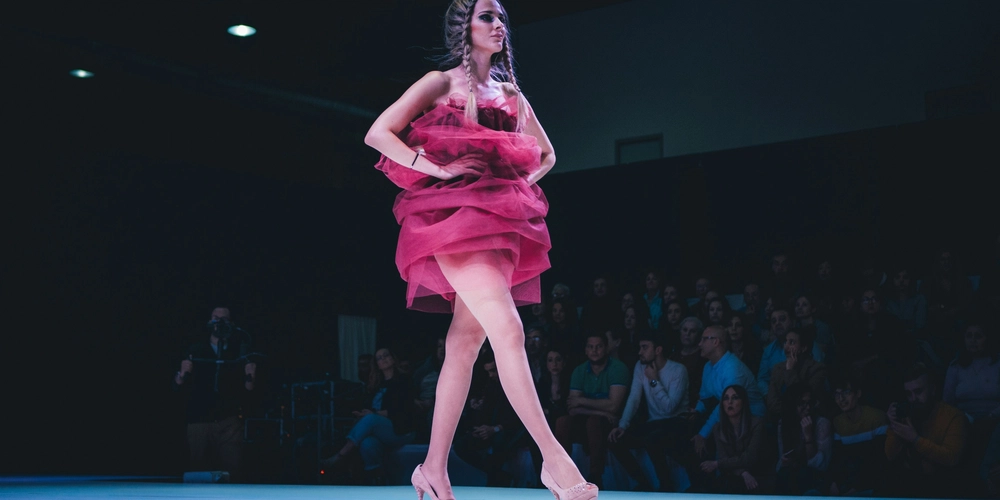
The art of runway walking represents far more than simply moving from point A to point B—it’s a carefully honed skill that conveys brand aesthetic, garment movement, and professional polish. While television and social media often portray modeling as effortless, the reality involves precise technique, body awareness, and adaptability to different show requirements. The walk serves as a model’s primary tool for bringing clothing to life, requiring equal parts discipline and artistry to execute effectively.
Foundational Posture and Body Mechanics
Proper runway technique begins with posture that appears relaxed yet controlled. The ideal stance starts with shoulders pulled back and down, creating an open chest without appearing stiff. The spine maintains natural alignment from the tailbone through the neck, allowing for fluid movement rather than robotic rigidity. Chin position varies slightly between runway types—commercial walks often use a level chin suggesting approachability, while high-fashion frequently employs a slightly lifted chin that creates dramatic angles.
Hip movement originates from proper weight transfer rather than forced swaying. As the back foot pushes off, the hips naturally rotate slightly forward, creating the illusion of length in the legs. Overemphasizing this movement appears amateurish, while eliminating it entirely creates an unnatural stiffness. The sweet spot involves allowing natural anatomy to dictate motion while maintaining control through core engagement.
Foot placement follows an imaginary straight line, with each step crossing slightly in front of the other. This “catwalk” technique enhances the illusion of elongated legs and creates cleaner garment presentation. Stride length remains moderate—too short appears nervous, too long loses elegance. The heel strikes first, followed by a smooth roll through the foot that maintains continuous momentum rather than bouncy steps.
High-Fashion Versus Commercial Walk Techniques
High-fashion runway walks emphasize artistic expression and avant-garde presentation. The pace tends slower, allowing audiences to absorb intricate garment details. Movements often incorporate angular arm placements, dramatic pauses, or unconventional turns that showcase directional fashion concepts. The overall energy remains contained yet intense, with facial expressions typically neutral or serious to avoid distracting from clothing narratives.
Commercial runway walks prioritize approachability and wearability. The pace moves quicker to demonstrate garment movement in practical situations. Arm swings appear more natural, often with slight bends at the elbow as during normal walking. Smiles and eye contact with audience members create connection, reinforcing that these are clothes meant for real people. Footwear differences also influence technique—high-fashion’s extreme heels require more deliberate steps, while commercial shows often feature walkable heels or flats.
Transitioning between these styles requires models to develop physical awareness and adaptability. Many professionals maintain two distinct walk repertoires, adjusting their technique based on show casting. The ability to modify one’s walk demonstrates professionalism that designers and casting directors notice. Some shows even request hybrid walks that blend elements of both styles for specific collections.
Developing Confidence and Stage Presence
Runway confidence stems from preparation rather than innate talent. Hours of practice in various heel heights build the muscle memory that prevents hesitation during shows. Familiarity with common runway formations—straight walks, crisscross patterns, or circular paths—reduces backstage anxiety. Many models practice walking while visualizing full audiences to acclimate to performance pressure.
Breath control plays an underrated role in projecting assurance. Shallow breathing from nerves creates visible tension in shoulders and jawline. Conscious diaphragmatic breathing maintains oxygen flow that supports poised movement and clear thinking. Some models develop subtle cues—a deep inhale before first step or exhale during turns—that anchor their composure.
Eye focus varies by show type but always serves intentional purposes. High-fashion walks often use “thousand-yard stare” techniques that look through the audience rather than at individuals, creating an otherworldly effect. Commercial models frequently employ strategic glancing—brief eye contact with front-row attendees or camera positions without appearing to search the room. Both approaches avoid looking down, which breaks the illusion of effortless movement.
Mastering Runway Turns and Poses
The walk’s conclusion requires as much technique as the approach. Pivot turns begin with proper foot placement—the lead foot points in the new direction while the back foot provides the rotational push. Spotting techniques borrowed from dance help maintain balance, with the head being the last element to leave and first to arrive at the new position. The turn’s speed depends on garment type—flowing dresses require slower rotations to showcase movement, while structured pieces allow sharper directional changes.
Final poses balance garment presentation with body framing. The stance typically positions one foot directly in front of the other with toes pointed forward, creating clean lines. Hands rest naturally or lightly touch the body to highlight design elements without obscuring them. Pose duration lasts just long enough for photographers to capture the look before transitioning smoothly into the return walk.
Backstage etiquette completes the professional package. Models must quickly change looks while maintaining hair and makeup integrity, often with limited space and time. The ability to switch mental and physical gears between dramatically different walks demonstrates true runway mastery. Seasoned professionals make these transitions appear seamless through meticulous preparation and focus.
Runway walking remains a evolving art form that reflects changing fashion industry standards. While certain fundamentals persist, the most successful models adapt their techniques to contemporary show formats and designer visions. What remains constant is the walk’s power to transform fabric into fantasy and functionality—a skill that turns models into living canvases that bring creative visions to dynamic life.
